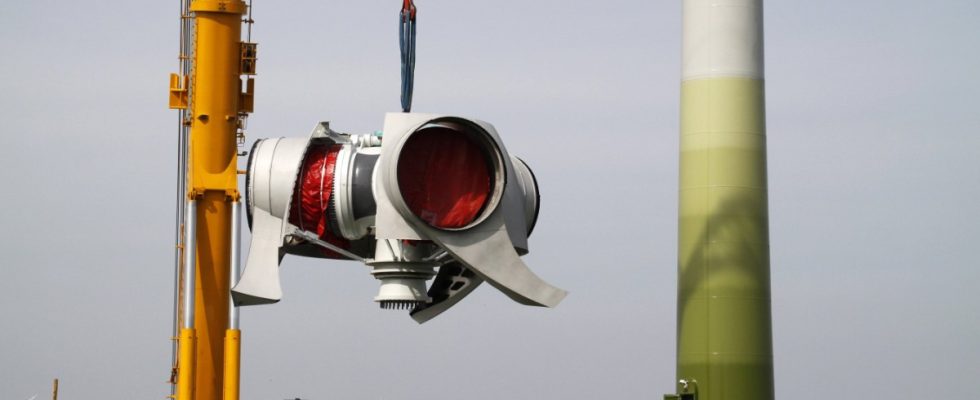Despite all the state government’s commitment to wind power, expansion in Bavaria still lags far behind other federal states. According to the Federal Wind Energy Association in Bavaria (BWE), only six new wind turbines went into operation between January and November 2023, and another ten were approved. According to a calculation by the BWE from 2022, at least 130 systems would have to be set up every year if the state government wants to achieve its climate protection goals.
Other federal states are now setting a much faster pace. This is also shown by a number: In the Federal Network Agency’s most recent wind power tender in November, 42 contracts were awarded to Schleswig-Holstein, 25 to Lower Saxony, 31 to North Rhine-Westphalia and at least 16 to Mecklenburg-Western Pomerania. In Bavaria, by far the largest federal state in terms of area and the region with the most catching up to do, just ten systems were awarded the contract.
“At the federal level, the gates have been opened wide for the dynamic expansion of wind energy,” says BWE boss Bernd Wust. “We now have to increase the pace significantly in Bavaria so that we can have a successful restart here.” According to the BWE, the expansion is currently being blocked primarily by the difficulty of obtaining land for wind turbines, unnecessary obstacles to approval and approval procedures that are too long. So that the difficulties can be resolved as quickly as possible, the BWE has presented an eight-point paper. He also suggests setting up a “Wind Energy Task Force” with representatives from politics and all possible associations and organizations that are involved in the expansion of wind energy.
The BWE’s central demand is that more land be made available for wind turbines in Bavaria as quickly as possible. To this end, the state government should follow the example of other federal states and bring forward the area target for 2032. It amounts to 1.8 percent of the state’s area and was specified for the Free State by the federal government. According to the BWE, in regions with particularly high wind power potential, the state government should instruct the planning authorities to reserve even two percent of the area for the systems. So far, the state development program has only defined the area target by 2027. It is 1.1 percent of the state’s area.
“The approval authorities are also a bottleneck,” says Wust. “There is an urgent need for more staff and professional training for the existing people so that the applications can be processed more quickly.” Until now, it often took several years for a wind turbine to be approved. As far as nature conservation is concerned, the BWE demands that the Free State limit itself to the federal government’s requirements and hold back on its own regulations. Most recently, Bavarian requirements for taking breeding bird populations into account in potential wind power regions unsettled the industry.

